Blood Drive Successful, 43 Pints Collected
January 31, 2021
Three times per year, Notre Dame Academy runs a schoolwide blood drive that makes a major impact on people’s lives across the country. Donating blood to those in need is one of the most effective, direct ways to help save lives as usable blood, of all blood types, is constantly in demand at hospitals and other health institutions.
“We collected 43 pints from the blood drive,” said senior Elaine Chosa, student coordinator of the event, “just one away from our unit target of 44.”
“We had 61 participants sign up. This is pretty good considering outside people like parents were not allowed to donate this time. With our 43 units, we have potentially saved 160 lives,” she explained.
More goes into organizing a successful blood drive than meets the eye, as there are all types of restrictions, safety practices and regulations that must be followed.
Chosa is no stranger to running Blood Drives.
“My brother suggested it to me and the next thing I knew, I was flung into the role. So far I have helped with six blood drives and by the end of this year it will be nine,” she said.
Her lead assistant at the drive was sophomore Mia Lemkuil, whom Chosa said is “in training” to take over her position next year when she graduates in the spring.
“She was there at the drive with me all day and will be at the upcoming drives too. Normally we try to have more volunteers throughout the day, but this time it was just Mrs. Cowans, Mia, and myself–as well as Mr. Kriegl when he did not have a class.
“Overall Mia played a pivotal role in keeping the drive running smoothly,” said Chosa. She added 14 donors were deferred with four QNS’s (quantity not sufficient), which usually happens if a donor’s veins are smaller than most.
The two types of blood donations are Whole Blood donation, where they take a pint of blood, and Power Red donation, where they use a machine to remove just the red blood cells from about two pints of your blood and put back the plasma and a saline solution to hydrate you.
Giving blood usually takes around 45 minutes, according to Chosa. It varies from person to person, but the actual procedure is around 10 minutes.
“Once finished,” she said, “the donor will sit down at our canteen table and have snacks and juice to hydrate.”
You must be sixteen years old or older in order to give blood. If you are sixteen, you will need a parental consent form signed before the drive. If you are seventeen and older,you won’t need that form.
More than the numbers, though, their goal is always to run a safe and successful drive and impact the community in a positive way. Blood donations are vital in the healthcare industry, for every two seconds someone in the U.S. needs blood. One donation can save up to three lives.

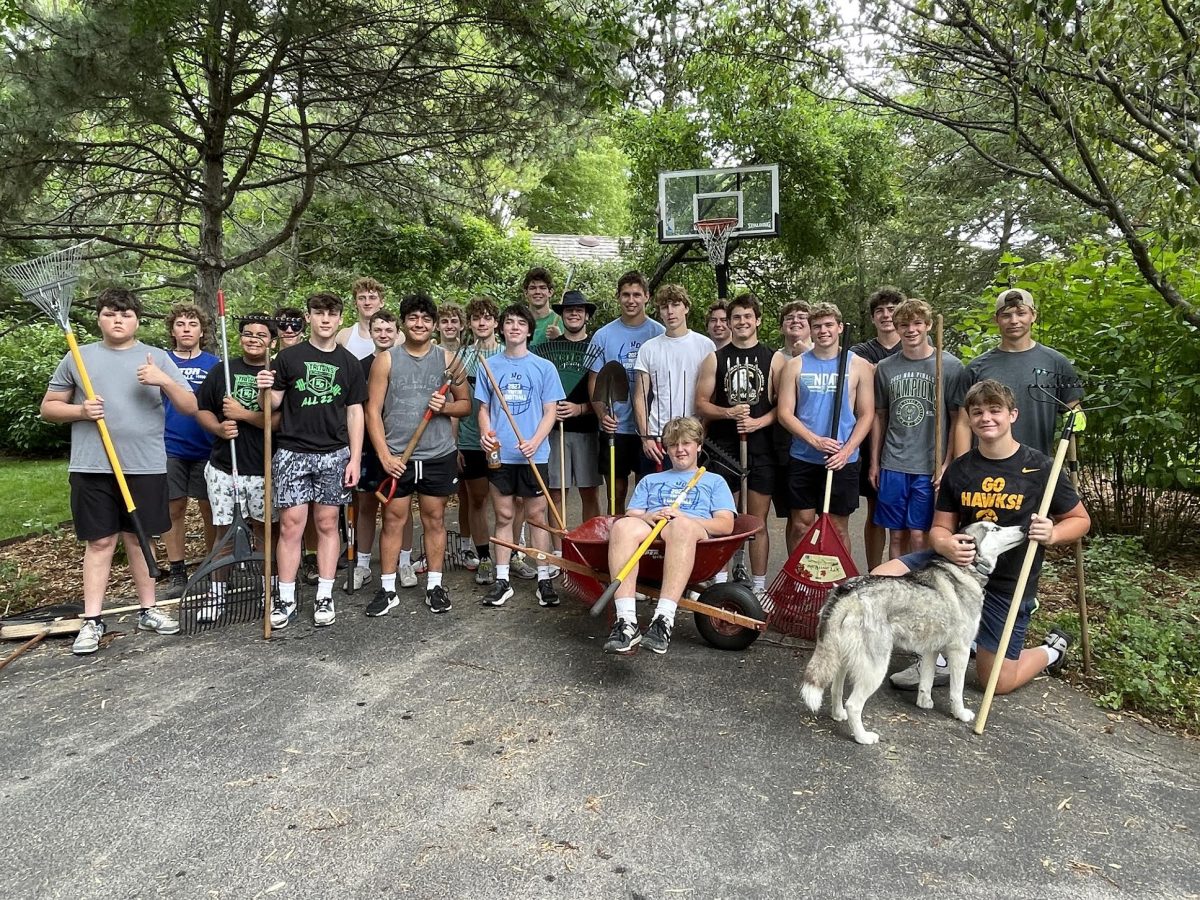

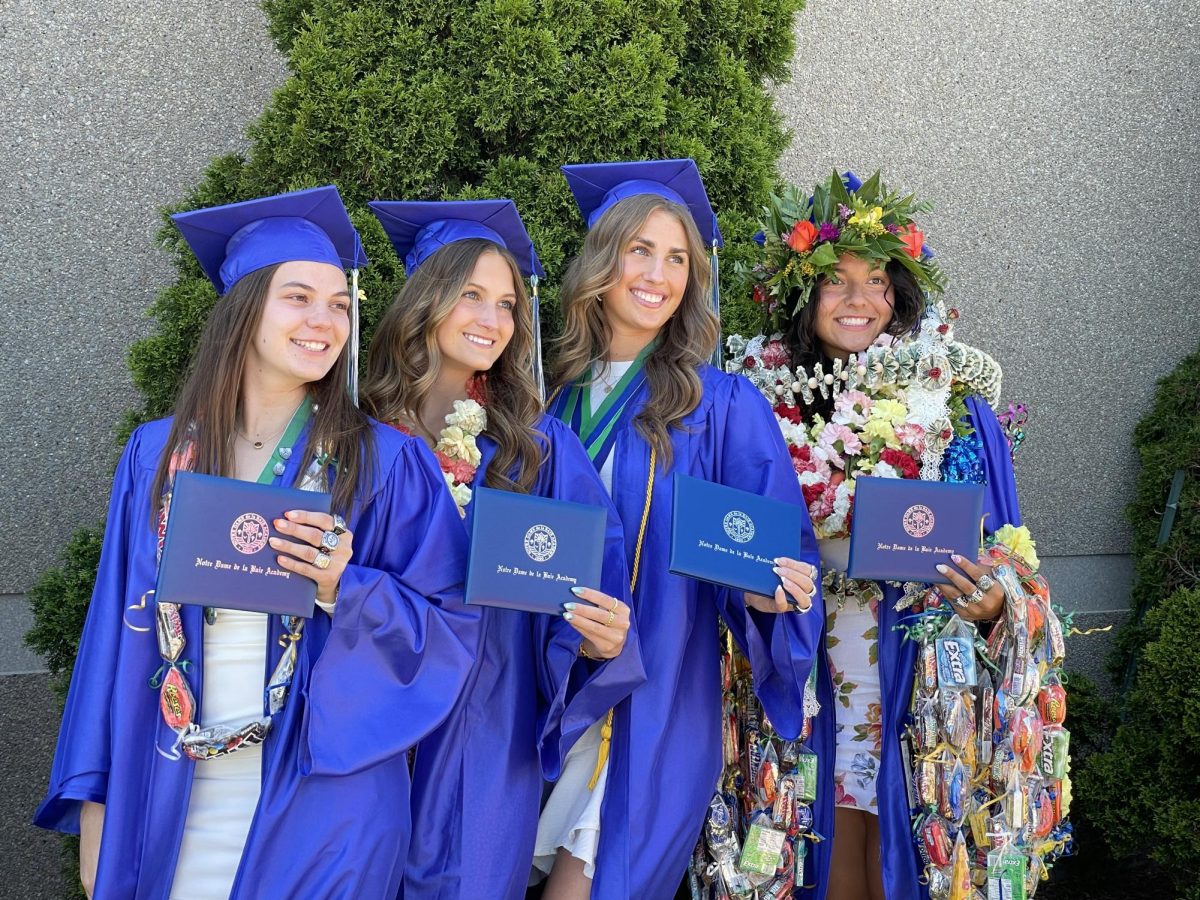
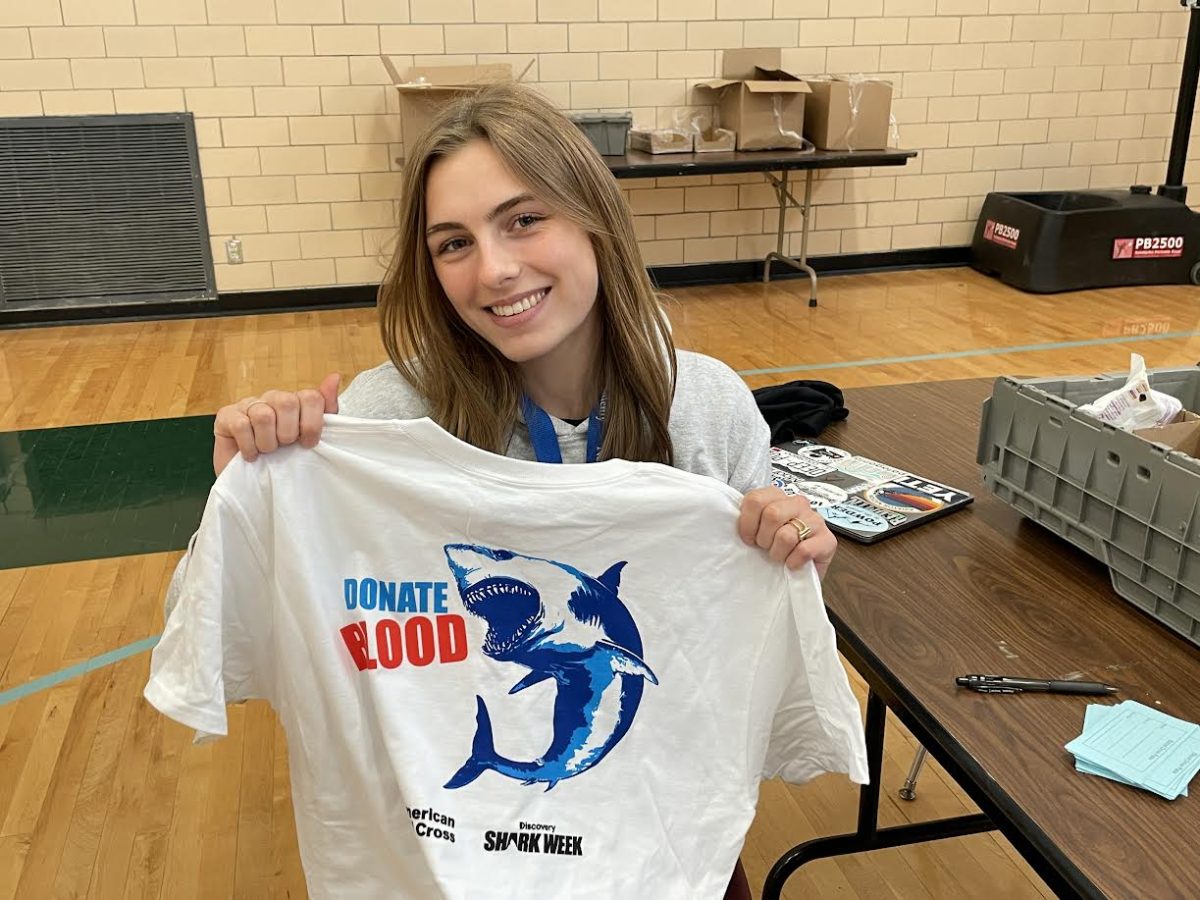




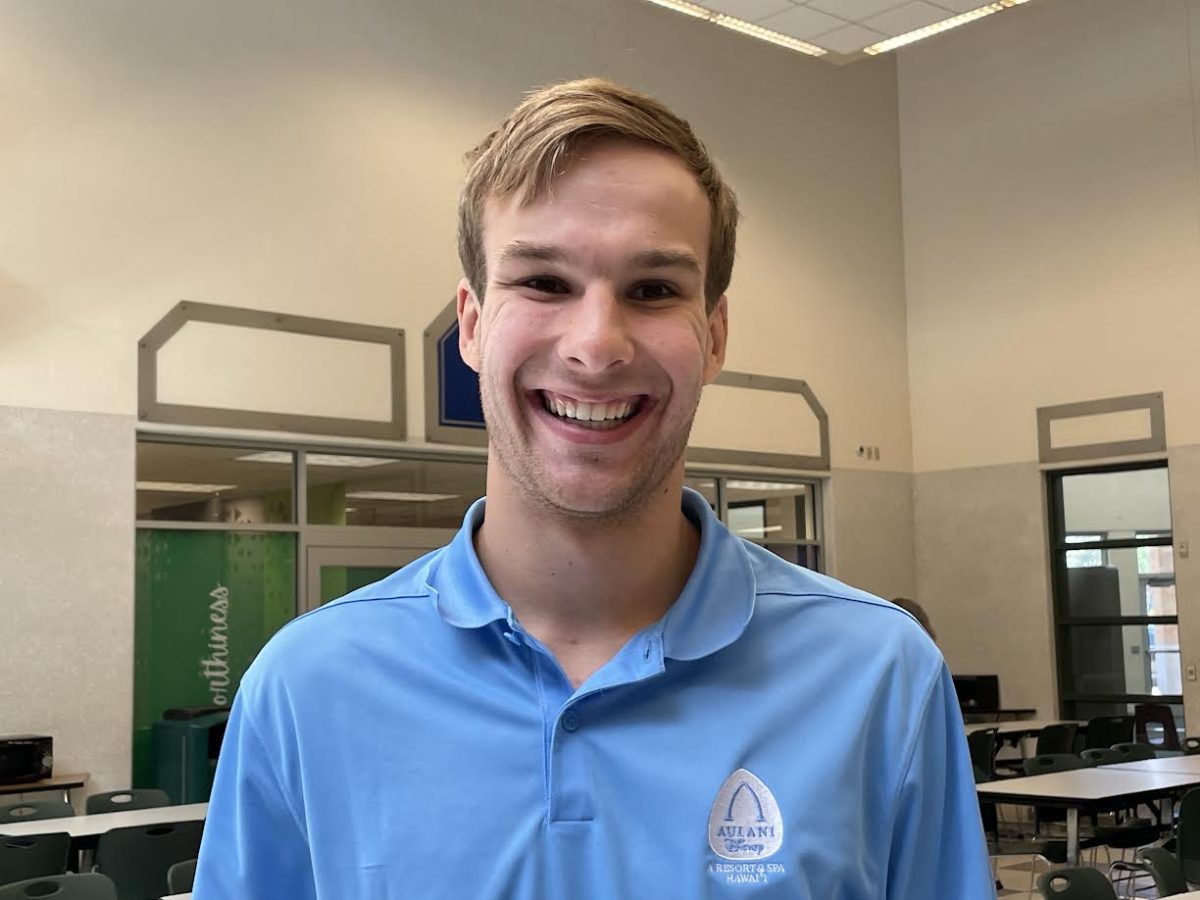
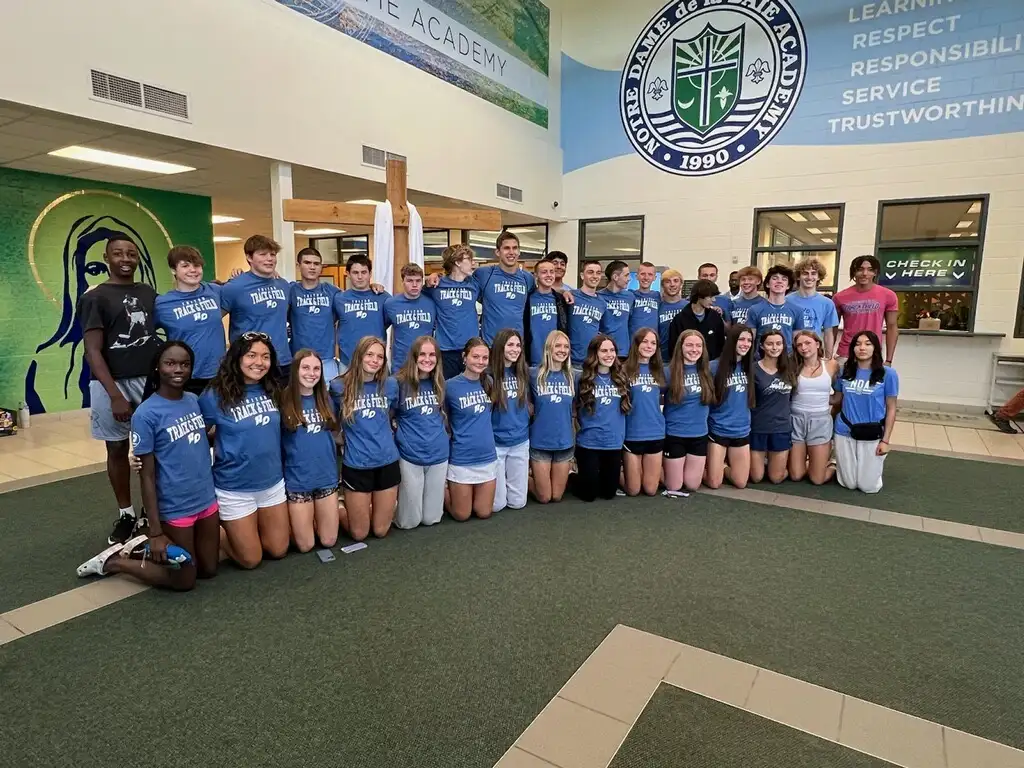
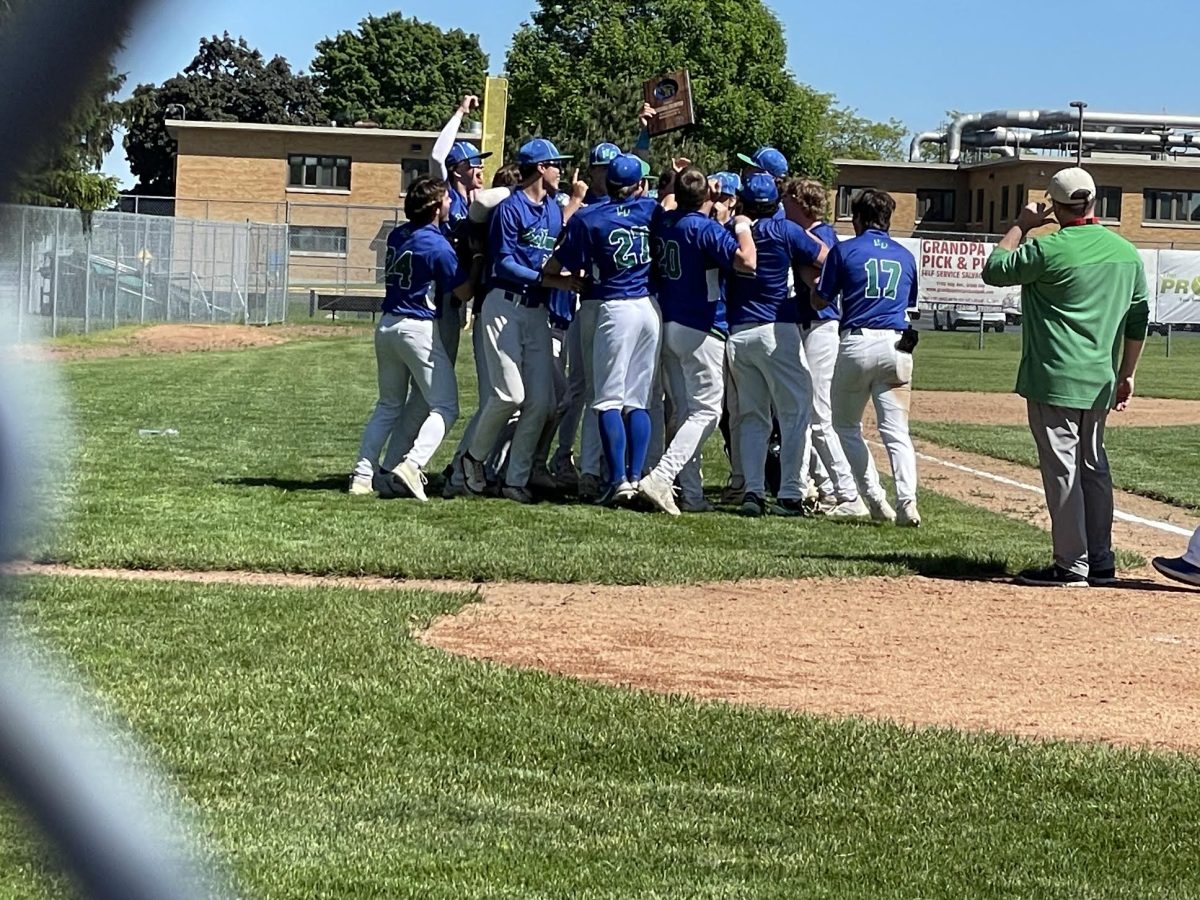
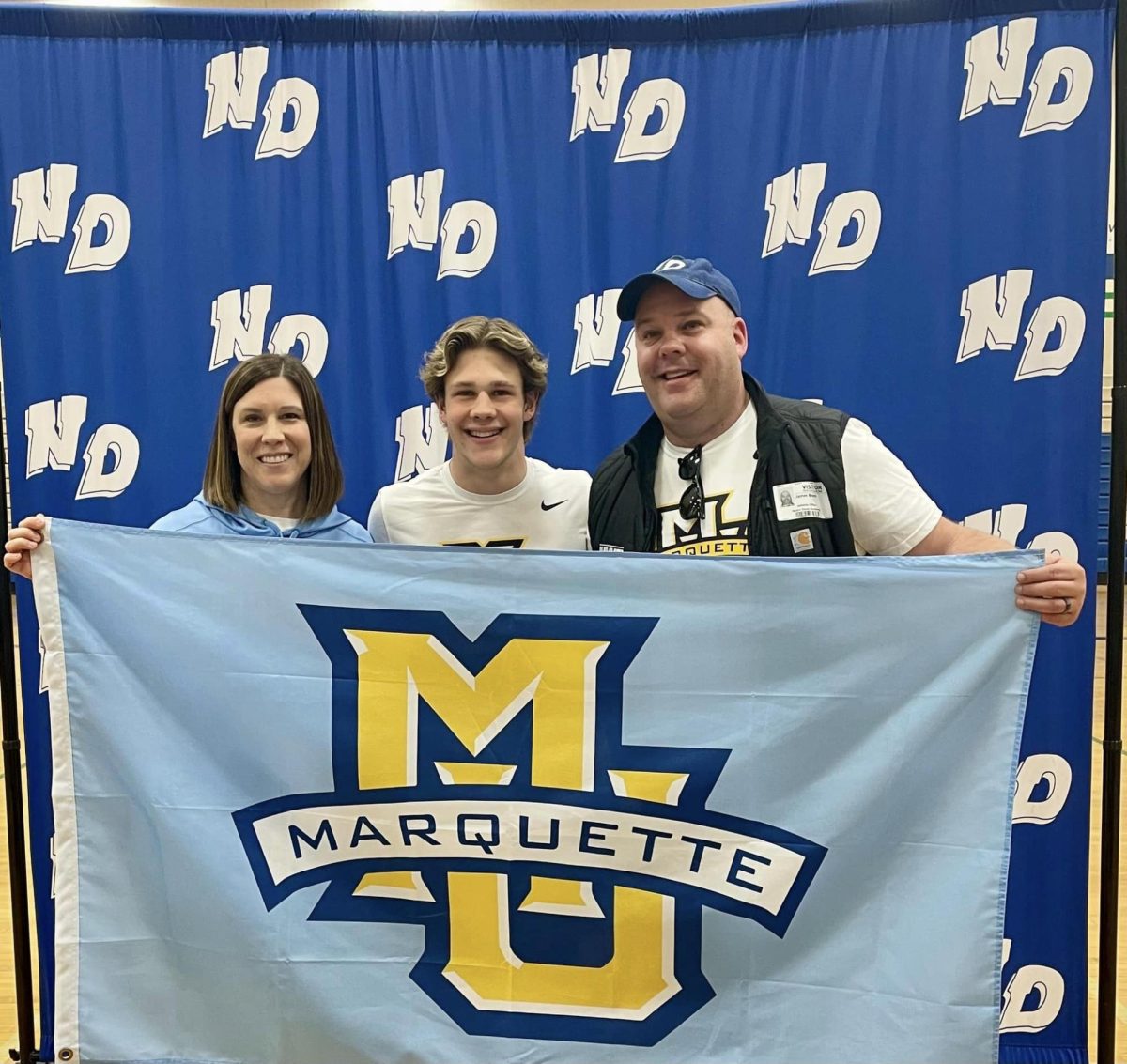

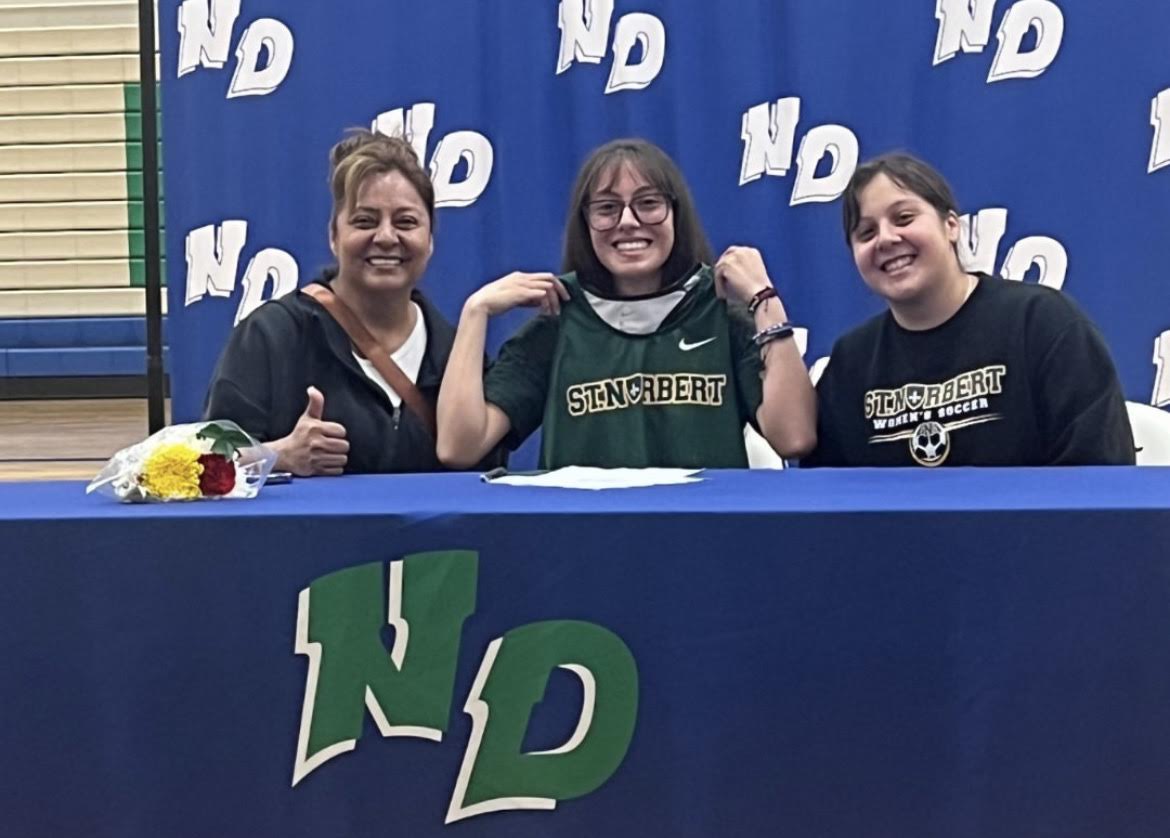







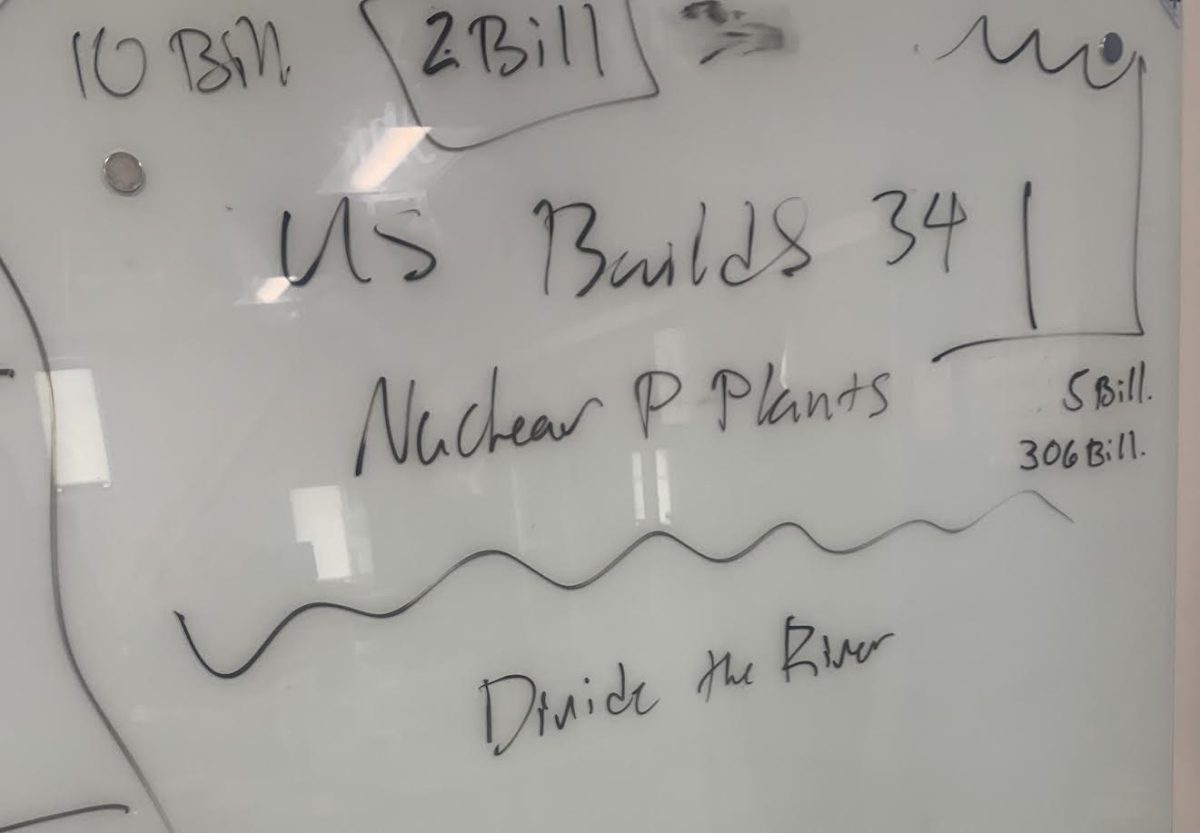

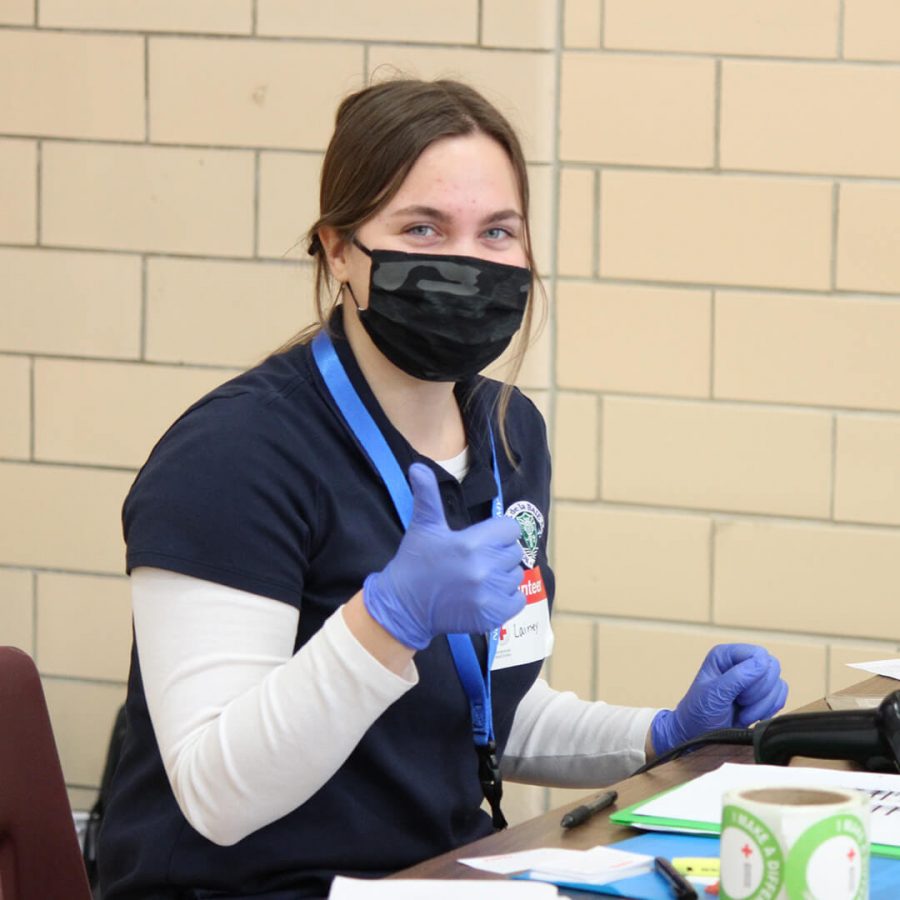

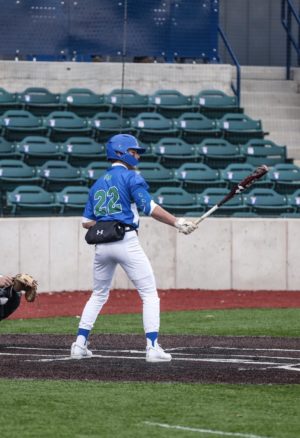




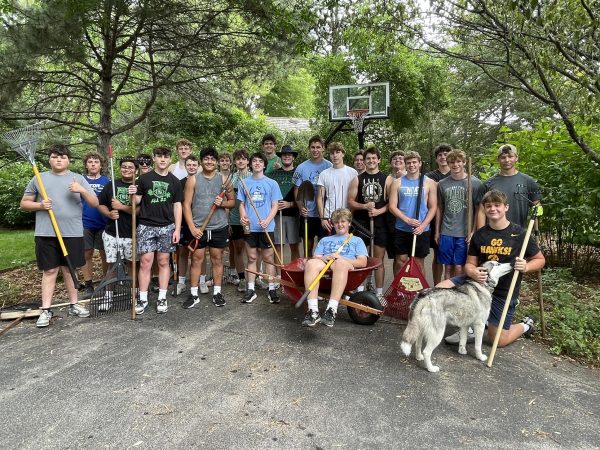
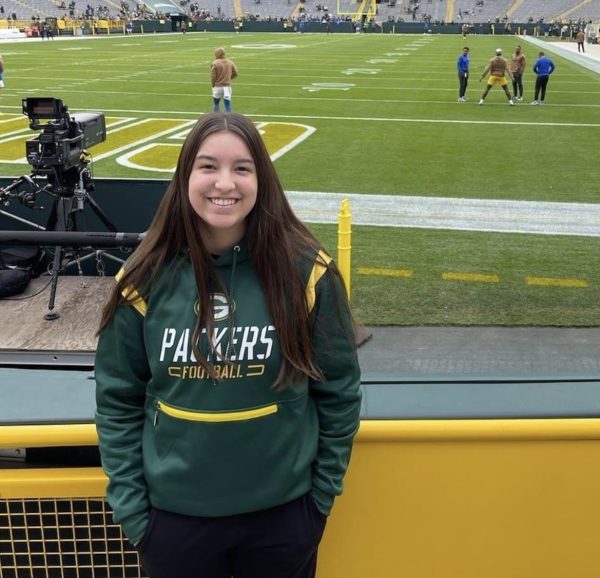
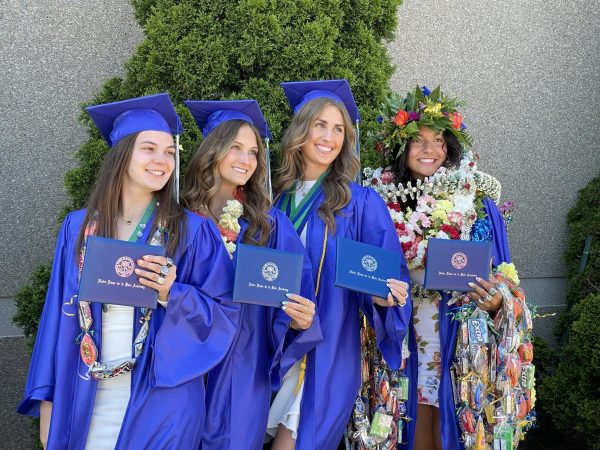
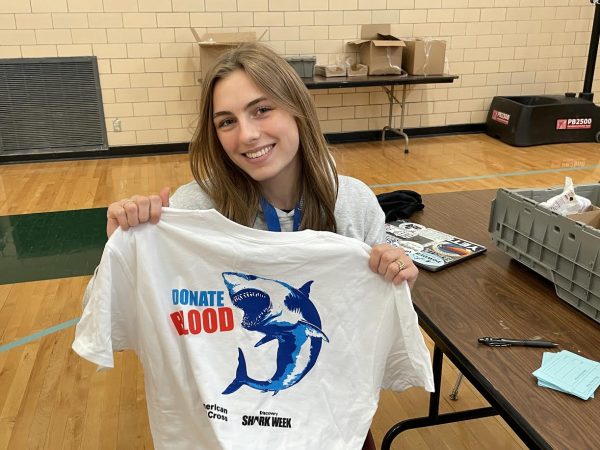

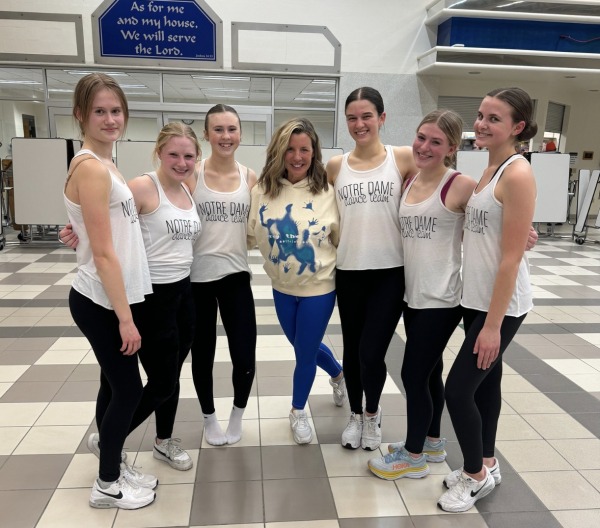
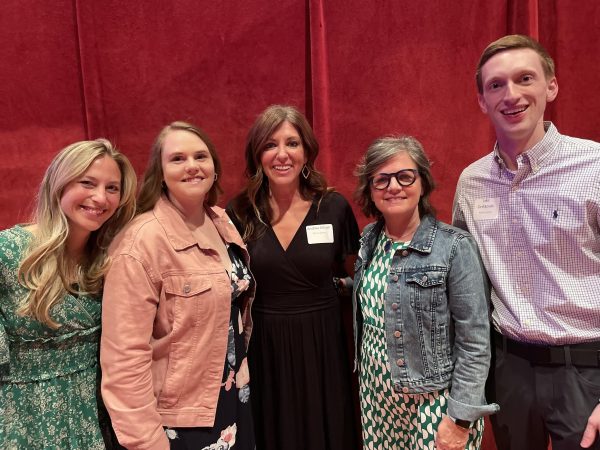
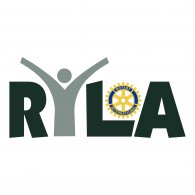


Diane Mulroney • Feb 12, 2021 at 1:45 pm
Thank you Lainey, Mia, Mr. Kriegl, Mrs. Cowans, and all who donated!
Becky Bain • Feb 2, 2021 at 11:27 am
Great article! Excellent leadership, Elaine!